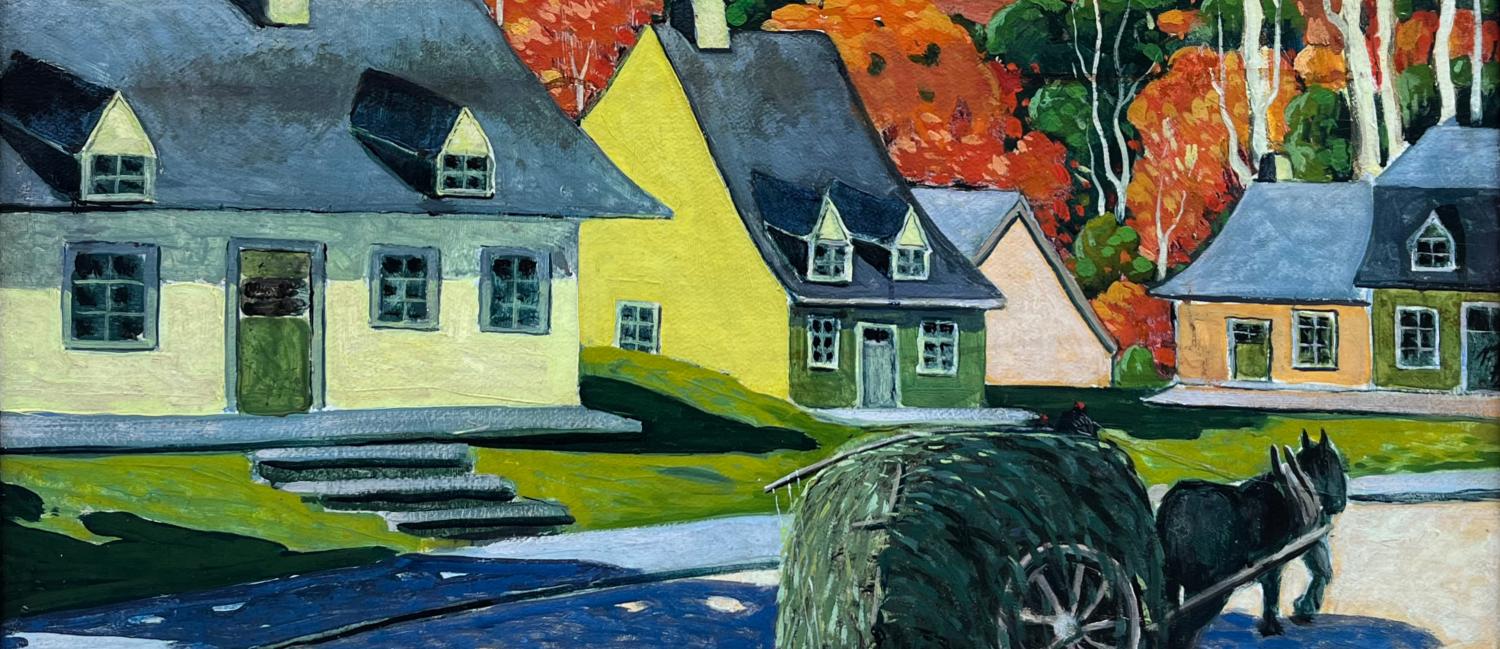Jean Dufy
Jean Dufy was born in Le Havre in 1888. As a young man, he discovered Matisse, Derain, Marquet, and Picasso at the 1906 Le Havre exposition. Matisse's Fenêtre ouverte à Collioure, with its dazzling light and boisterous colors, showed Dufy his true calling. In his first watercolors, muted tones and somber browns, blues, and reds mingle with the hatching technique he inherited from Cezanne by way of his brother Raoul Dufy. Jean was drafted shortly after this first exposition. This did not stop him from painting and drawing the flowers, horses, and landscapes he observed during his service. In 1916, Jean embarked upon what would become thirty years of decorating porcelain for Theodore Haviland in Limoges. These floral and animal-based designs earned him a gold medal at the 1925 International Exhibition of Decorative Arts.
Moving to Paris in 1920, he settled into Montmartre. Amid the intense atmosphere of artistic ebullience, Dufy's knack for working with color became apparent through his use of patchworks of colorful squares and bold distributions of light. His interest in the Parisian cultural scene, and its music, inspired many depictions of pianists and orchestras, awash with analogous color schemes. During the same period, he also paid homage to the Fratellini brothers in paintings of circuses that teem with the music and language of color, plays of light, featuring clowns, horses, and athletes. For the 1937 World's Fair, the general manager of CPDE, the Paris electricity distribution company, asked Jean's brother Raoul to decorate the electricity pavilion. Jean helped him create an enormous fresco celebrating electricity.

Are you considering selling your historical works?
We offer a viable and safe alternative to auction houses, eliminating the risk of devaluation when a work publicly fails to sell. We have no hidden fees and our transactions are dealt with the utmost discretion.


